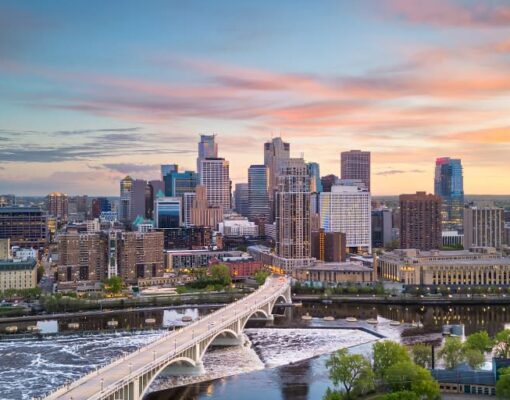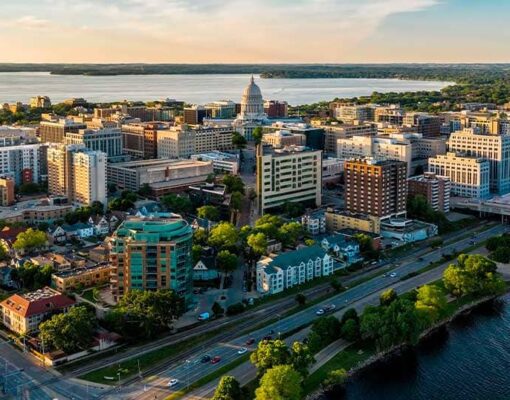
Moving from Duluth to Minneapolis: Your Ultimate Guide
February 27, 2025
So, you’re packing up your life in beautiful, rugged Duluth and heading south to the bustling urban charm of Minneapolis? Whether it’s for work, family, or simply a change of scenery, making the transition from the North Shore to the Twin Cities is a big move. But don’t worry—we’ve got you covered!
This article will walk you through everything you need to know about moving from Duluth to Minneapolis, from housing and job markets to lifestyle changes.
Why Minneapolis? The Appeal of the Twin Cities
Minneapolis, known as the “City of Lakes,” is more than just a Midwestern metropolis. It offers a dynamic blend of urban sophistication and natural beauty, making it an attractive destination for newcomers.
With a rapidly growing population and a strong economy, Minneapolis is home to 22 lakes, an extensive park system, and one of the most thriving job markets in the region.
While Duluth has its own charms (hello, Lake Superior!), Minneapolis boasts more career opportunities, a diverse cultural scene, and milder winters—relatively speaking. Plus, if you’re worried about missing nature, don’t be. Minneapolis offers endless opportunities for biking, hiking, and exploring the great outdoors right within the city limits.
Minneapolis vs. St. Paul: Choosing the Right Fit
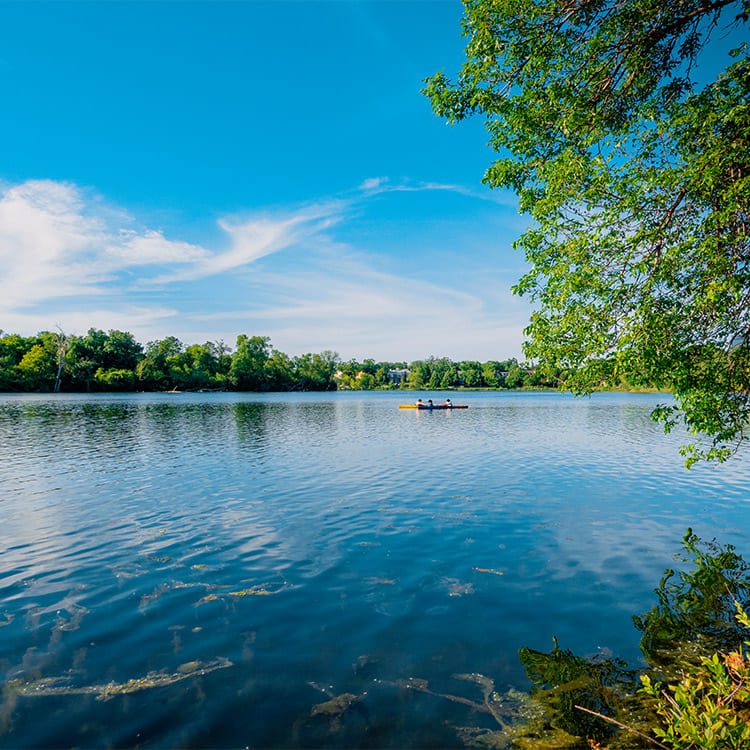
Minneapolis and St. Paul are the famous “Twin Cities,” but don’t let the name fool you—these siblings have distinct personalities.
Minneapolis is the trendier, more fast-paced of the two. It’s home to the city’s tallest skyscrapers, a vibrant arts and music scene, and a younger, more transient population. If you’re into nightlife, diverse food scenes, and modern apartment living, this is your place.
St. Paul, on the other hand, has a more historic, small-town feel. The state capital features charming neighborhoods, lower housing costs, and a quieter, family-friendly vibe. If you prefer tree-lined streets and a tight-knit community, St. Paul might be a better fit.
Luckily, they’re only 10 miles apart, so no matter where you settle, you can enjoy the best of both worlds.
Housing Market: Where Should You Live?
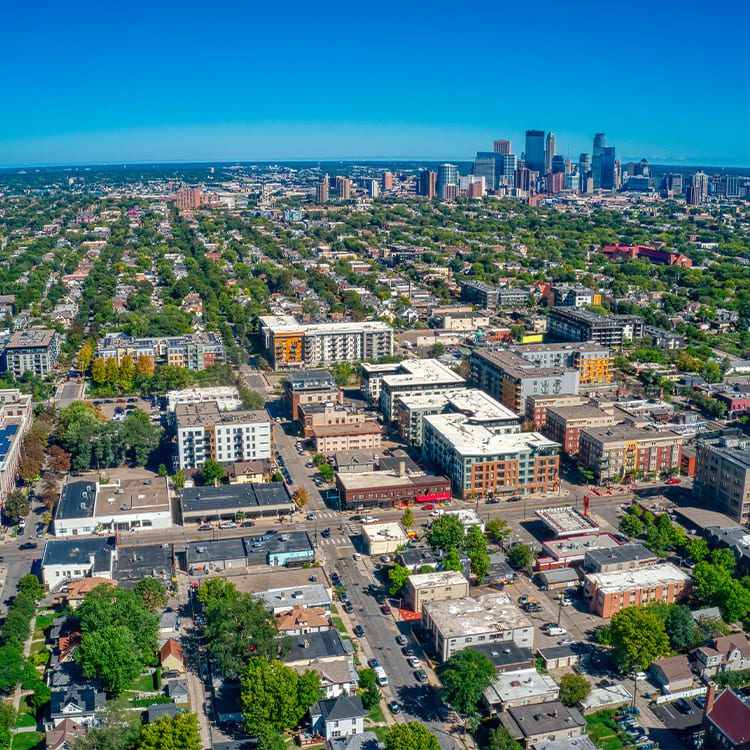
Minneapolis offers a variety of housing options, from trendy downtown lofts to charming residential neighborhoods. Here are some of the most popular areas for newcomers:
- North Loop: Trendy, bustling, and packed with warehouse-style lofts and nightlife, making it an excellent choice for young professionals and urbanites who love vibrant city life.
- Uptown: A hip, younger crowd close to the Chain of Lakes, with plenty of dining and entertainment options.
- Northeast Minneapolis: The artsy heart of the city, full of breweries, galleries, and creative spaces, perfect for those who thrive in an eclectic, community-driven environment.
- South Minneapolis: Quieter residential neighborhoods with great parks, excellent schools, and a family-friendly atmosphere.
- Downtown East: For those who love city life, skyways, and high-rise apartments, with convenient access to business hubs and cultural attractions.
- Linden Hills: A picturesque neighborhood with charming boutiques, lakeside views, and a strong sense of community, ideal for those looking for a more relaxed yet sophisticated environment.
- Longfellow: Known for its beautiful historic homes, bike-friendly streets, and easy access to the Mississippi River trails.
- Powderhorn: A diverse and dynamic neighborhood with a strong artistic community and the beautiful Powderhorn Park at its center.
Compared to Duluth, expect a competitive market with faster-moving sales and leases, so having a good realtor is a must. Whether you’re looking for a sleek downtown loft or a cozy home in a residential neighborhood, Minneapolis has a place for you.
Job Market and Career Opportunities
Minneapolis boasts an unemployment rate of just 2.6%, making it an attractive city for job seekers. Some of the biggest industries here include:
- Healthcare: Home to the Mayo Clinic, UnitedHealthcare, and a strong medical network.
- Tech: Growing fast, with startups and established companies like Target investing heavily.
- Retail and Consumer Goods: Headquarters of Target, Best Buy, and General Mills.
- Finance: Wells Fargo and U.S. Bank have major operations here.
If you’re coming from Duluth for work, you’ll likely find a wider range of opportunities, higher salaries, and more networking events to help grow your career.
Weather and Seasonal Adjustments
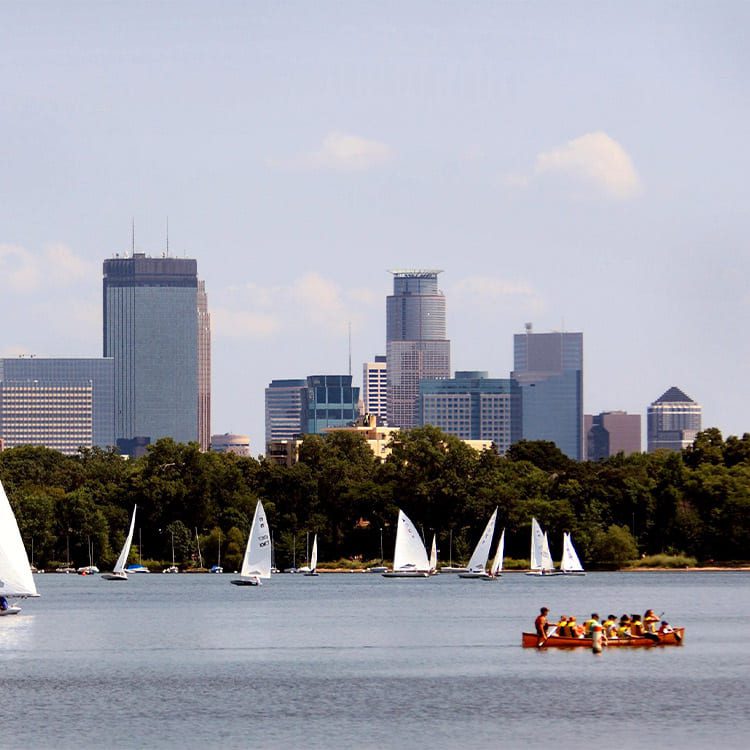
Winter Preparedness
If you’re moving from Duluth, you already know winter can be brutal. But here’s the good news: Minneapolis is slightly warmer, and the city is incredibly well-equipped to handle snow with its legendary Skyway System—a network of enclosed, heated walkways that let you walk downtown without stepping foot outside. Snowplows and road maintenance crews are highly efficient. They make sure that major roads stay drivable even during heavy snowfalls.
Winters can be harsh, with average temperatures dropping below freezing and snowfall accumulating frequently. However, locals embrace the cold with plenty of winter activities, from ice skating at the iconic Lake of the Isles to cross-country skiing at Theodore Wirth Park. Investing in high-quality winter gear, such as insulated boots and thermal layers, will make the season more manageable.
Spring and Fall Transitions
Spring and fall bring beautiful transitions with mild temperatures and stunning foliage. These seasons are perfect for outdoor activities. Minneapolis boasts numerous parks and trails that offer breathtaking scenery, from Minnehaha Falls in the spring bloom to the Mississippi River lined with vibrant fall colors.
Summer Activities
Summers are fantastic, with temperatures in the 70s and 80s, perfect for outdoor concerts, rooftop bars, and lake activities. The city’s extensive park system and numerous lakes make it easy to stay active with kayaking, paddleboarding, or simply relaxing on the beach. Expect lively summer festivals, including the Aquatennial and the Minnesota State Fair, which draw thousands of visitors and showcase the city’s vibrant culture.
Year-Round Enjoyment
Regardless of the season, Minneapolis offers a dynamic experience with plenty of ways to enjoy the great outdoors year-round. Embracing the climate and preparing accordingly will ensure a smooth and enjoyable transition to life in the Twin Cities.
Moving with Professional Movers
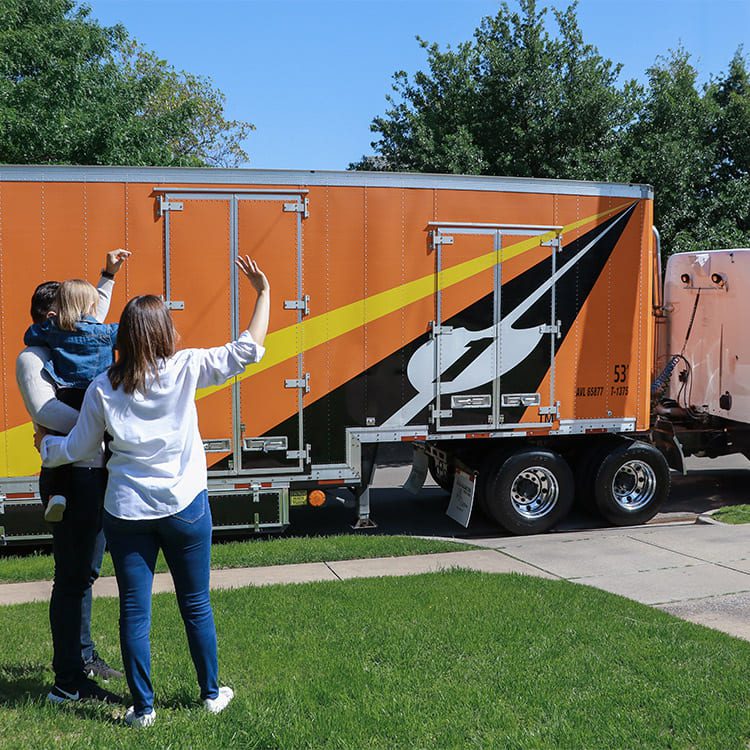
Why Hire Professional Movers?
Relocating from Duluth to Minneapolis is an exciting adventure, but the logistics of packing, transporting, and unpacking can be overwhelming. Hiring professional Minneapolis movers can save you time, reduce stress, and ensure that your belongings arrive safely. Whether you’re moving a small apartment or an entire household, experienced movers can handle the heavy lifting so you can focus on settling into your new home.
Benefits of Hiring a Moving Company
- Efficiency and expertise: Professional movers have the skills and experience to pack and transport your items securely and efficiently.
- ·Safety and protection: Avoid the risk of injury or damage to your belongings with trained professionals who know the best techniques for handling furniture, fragile items, and heavy boxes.
- Convenience: Movers take care of the logistics, from loading and driving to unloading and arranging your items in your new home.
- Storage options: If there’s a gap between moving out and moving in, many moving companies offer storage solutions to keep your belongings safe.
- Insurance and peace of mind: Most moving companies provide insurance options to protect your valuables in case of unexpected incidents.
Choosing the Right Moving Company
When selecting a moving company, look for:
- Reputation and reviews: Read customer feedback and check ratings on platforms like Google, Yelp, and the Better Business Bureau.
- Licensing and insurance: Ensure the company is licensed and insured to handle interstate moves if needed.
- Transparent pricing: Get a detailed estimate to avoid hidden fees or unexpected costs.
- Range of services: Some movers offer additional services such as packing, unpacking, and temporary storage.
Preparing for Moving Day
To ensure a smooth moving experience:
- Declutter and organize: Donate, sell, or dispose of items you don’t need before packing.
- Label boxes clearly: This helps movers place them in the correct rooms at your new home.
- Pack essentials separately: Keep a bag with necessities like toiletries, medications, important documents, and a change of clothes.
- Communicate with movers: Provide clear instructions and be available for any questions they may have.
Getting Around: Transportation and Commuting
Minneapolis has excellent public transportation options, including:
- Metro transit: Light rail, buses, and commuter rail.
- Bike-friendly roads: Ranked the top biking city in the country.
- Short commutes: The average commute time is only 23 minutes.
If you’re used to driving in Duluth, Minneapolis will feel much busier, but it’s still easier to navigate than most big cities.
Lifestyle and Things to Do
Minneapolis is packed with cultural and recreational activities, including:
- Arts and music: Visit the Walker Art Center, Guthrie Theater, and live music venues like First Avenue.
- Sports: Cheer for the Vikings, Timberwolves, Twins, or Wild.
- Outdoor activities: Explore the Chain of Lakes, Minnehaha Falls, and endless parks.
- Festivals: The Minnesota State Fair, Holidazzle, and Art-A-Whirl are must-experience events.
Cost of Living: What to Expect
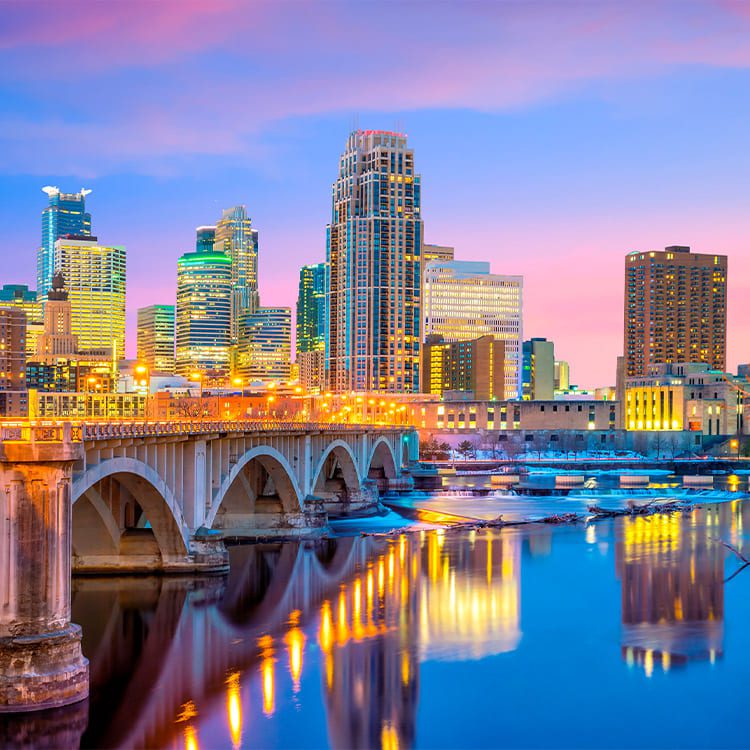
Housing Costs
Minneapolis is more affordable than many major U.S. cities, making it an attractive option for those looking to relocate. The cost of living here is about 6% lower than the national average, with housing costs being approximately 21% cheaper. The median home price in Minneapolis is around $328,700, with rent averaging about $1,680 for a one-bedroom apartment.
Taxes and Financial Considerations
Taxes in Minneapolis are higher than in many other states, with income tax rates ranging from 5.35% to 9.85% and a sales tax of 9.03%. On the bright side, Minnesota does not impose sales tax on clothing or groceries, which can provide some relief on everyday expenses.
Utilities and Seasonal Expenses
Utilities in Minneapolis can be costly, especially during the winter when heating bills rise. The cold climate means that residents should budget extra for winter heating costs, which can significantly impact monthly expenses.
Transportation Costs
Transportation costs can vary depending on your lifestyle. If you rely on public transit, a Metro Transit pass costs about $2.50 per ride, with discounts available for frequent users.
Everyday Expenses
Groceries and dining out are relatively affordable compared to other major cities, and Minneapolis offers a great selection of local markets, affordable restaurants, and high-end dining options. Healthcare costs are slightly higher than the national average, but the city boasts excellent medical facilities and access to top-tier healthcare providers.
Overall, while taxes and winter utilities can be higher, Minneapolis offers a balanced cost of living, making it a financially feasible option for many looking to relocate.
Community and Making Friends
Moving to a new city can feel overwhelming, but Minneapolis offers a welcoming environment that makes it easier to build connections. Minnesota is famous for “Minnesota Nice”—a polite but sometimes reserved culture. While locals are friendly, deeper friendships may take time to form. However, once established, they are long-lasting and genuine.
Where to Meet People
- Community Groups and Meetups: Platforms like Meetup.com and Facebook Groups host numerous events for new residents looking to connect with like-minded individuals.
- Local Coffee Shops and Breweries: Minneapolis has a thriving café and brewery scene. Becoming a regular at spots like Spyhouse Coffee or Surly Brewing Co. can lead to natural social interactions.
- Sports and Outdoor Activities: Joining recreational leagues, yoga classes, or group hikes at places like Theodore Wirth Park or the Chain of Lakes can be a great way to meet new people.
- Volunteering: Organizations such as HandsOn Twin Cities or Open Arms of Minnesota offer meaningful ways to give back while forming new friendships.
Events and Networking Opportunities
Minneapolis hosts a variety of events throughout the year that make it easy to connect with others:
- The Minnesota State Fair: A great place to experience local culture and make casual connections.
- Art-A-Whirl: An arts-focused event in Northeast Minneapolis that attracts creatives and art lovers.
- Twin Cities Film Fest: A social and cultural hotspot for cinephiles.
- Professional Networking Events: Industry-specific gatherings hosted by groups like Twin Cities Startup Week or local chambers of commerce are great for career-focused connections.
Move from Duluth to Minneapolis with Piepho
Moving from Duluth to Minneapolis? Let Piepho Moving & Storage take the stress out of your relocation! With professional service, reliable movers, and personalized care, we’ll get you settled smoothly. Get your free quote today and move with confidence!


